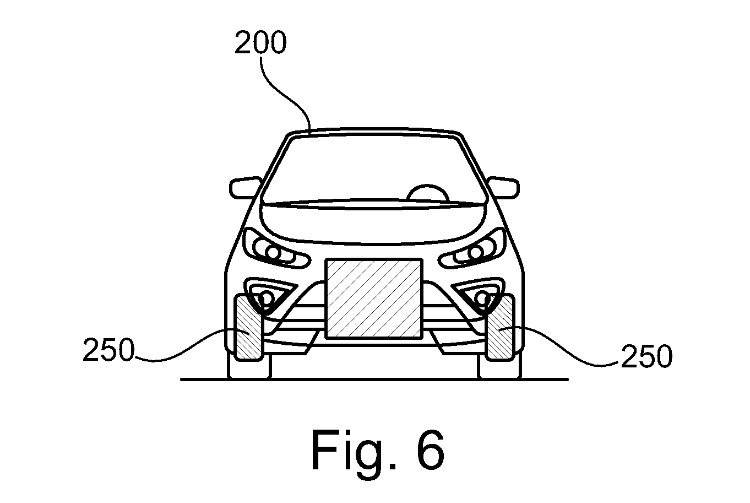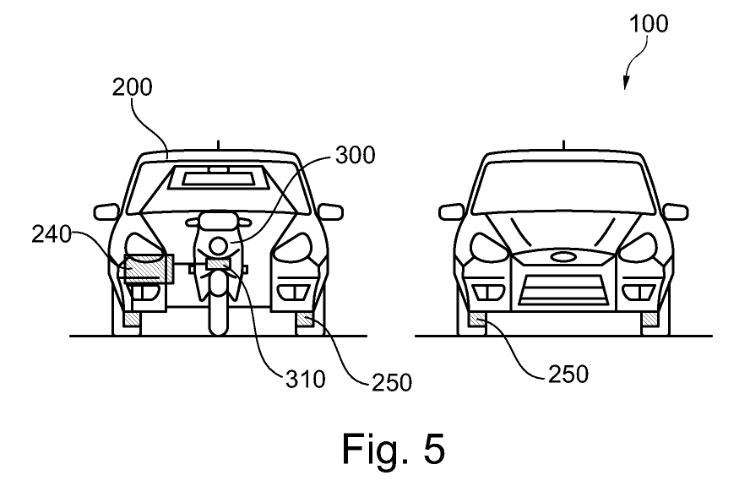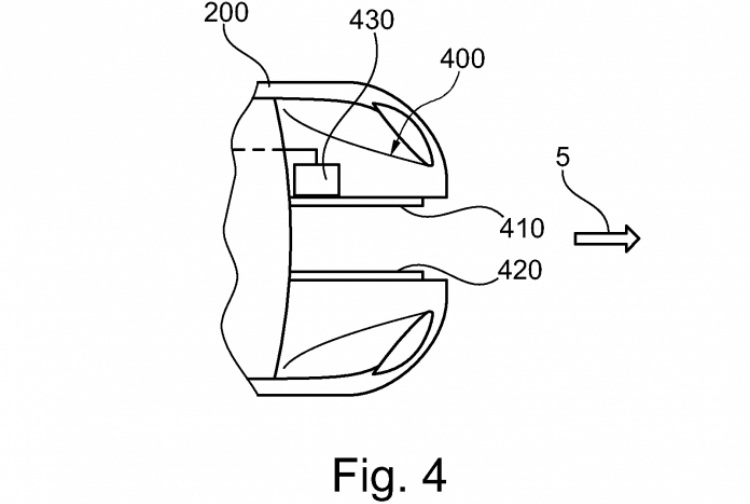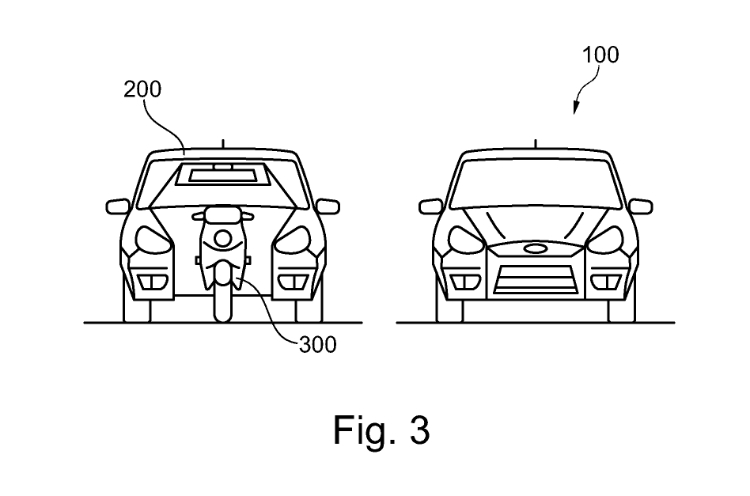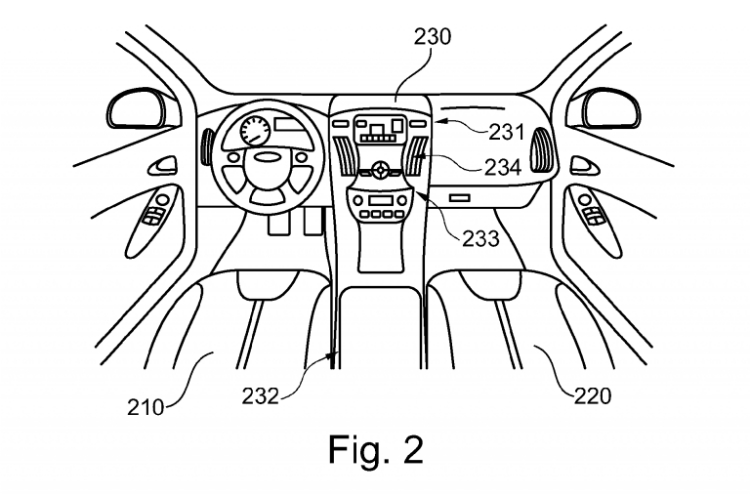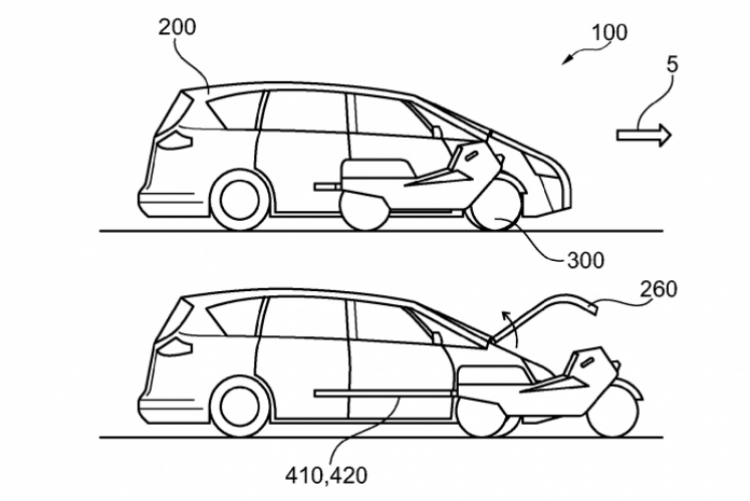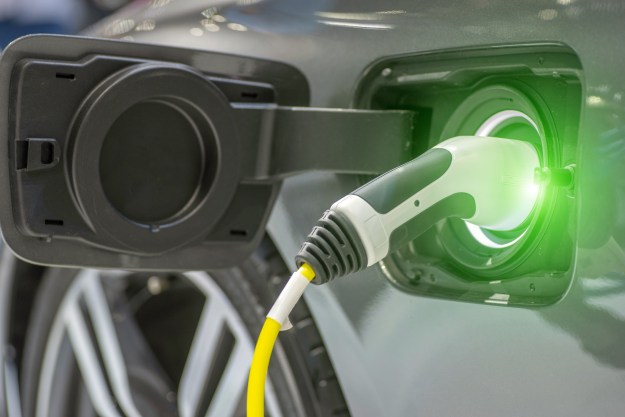You’re not going to believe this one, but it’s true. The United States Patent Office recently published a patent application from Ford for a car with an integrated, deployable, autonomous electric motorcycle.
This is the same Ford that last week announced future vehicle development will be limited to trucks, SUVs, and crossovers, plus the Mustang sports coupe and convertible.
So why does Ford want to patent a “multimodal passenger transportation apparatus?” Most likely, the blue oval wants to protect a novel concept one of its design engineers cooked up.
Publishing Ford’s patent application doesn’t mean the patent office has examined the application and granted the patent. The USPO publishes all applications 18 months after submission or the date of an earlier application. In this case, Ford engineers filed the application for the Motorcycle in Car design in October 2017.
According to the application, the multimodal passenger transportation apparatus combines a car with a combustion engine and an electric motorcycle. The vehicle’s inspiration and justification stem from “limited available and affordable parking spaces in urban areas” and spaces where internal combustion engines may be restricted.
After outlining alternative solutions, which include hanging a bicycle off a bike rack, an autonomous unicycle, and finally the tried-and-true motorcycle in a pickup truck bed, Ford’s engineers got down to business.
The “multimodal transportation apparatus,” the patent application reads, “comprises a passenger car with a driver’s seat, a passenger seat, and a center console.” The vehicle also includes an electric-powered autonomous motorcycle and a mechanism to secure the bike to and release it from the passenger car. The motorcycle’s seat would also serve as the car’s center console.
On reaching the driver’s theoretical parking spot, the driver would release the motorcycle from inside the car by opening a hatch in the car’s front end, not unlike an Alien baby bursting from a host’s chest or the Batpod ejection scene in The Dark Knight.
The car with an integrated motorcycle may be just an engineer’s fancy. Notably, though, when Ford released the corporation’s first-quarter 2018 financial results last week, the company also updated its strategic framework for the future. Two of the elements in the framework, “autonomous technology” and “scaling a mobility platform,” were described in flowery but vague terms.
Perhaps Ford had a multimodal passenger transportation apparatus in mind all along.
Updated on April 30: Corrected details about the patent publication and acceptance process.
Editors' Recommendations
- Here’s how Ford will give EV customers Tesla Supercharger access
- The fastest electric cars, ranked by 0-60 mph acceleration
- Ford EV drivers can use 12,000 Tesla Superchargers starting in 2024
- How much does an electric car battery cost?
- The wildest electric motorcycle got wilder at CES 2023
